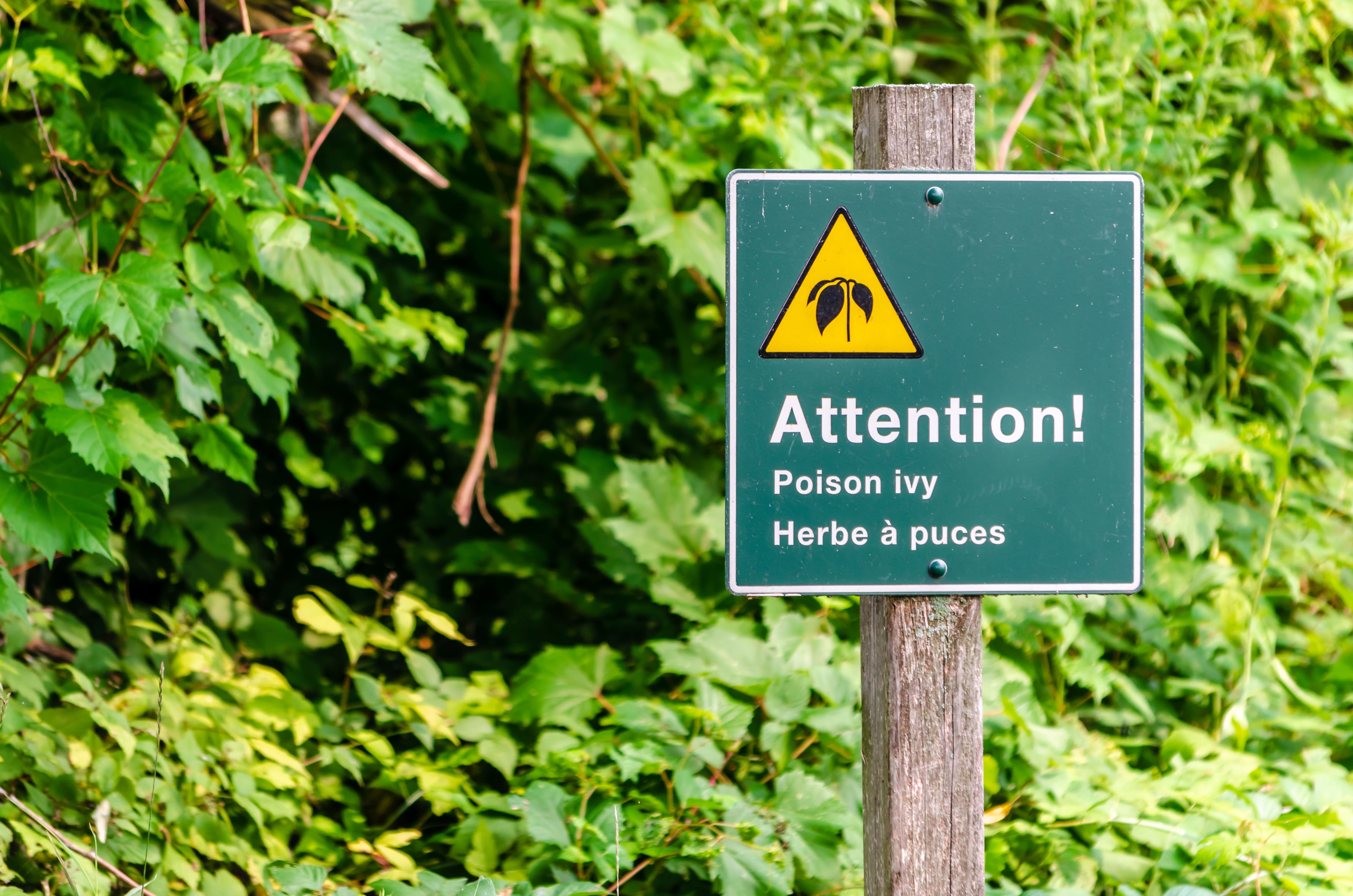
People who work outdoors a majority of the time, like landscape professionals, are exposed to many types of hazards. Hazards vary depending on the type of work, geographic region, season and duration of time they are outside. While many plants and wildlife are safe, there are some that present safety concerns. Employers should train outdoor workers about dangerous plants and wildlife, including identification and recommendations for preventing and controlling their exposure.
Dangerous Plants and Wildlife: Ticks
For instance, this year, forecasters at www.pest.org predicted the warm-weather months in the U.S. will be a bad time for anyone who wants to avoid ticks, with tick populations likely to be larger than usual, and weather conditions likely to put ticks in range of people for much longer than average.
Ticks thrive in humidity, so a wet year can boost populations and increase the number of places they can live in. And warm winters and lingering summer heat add weeks of activity for the animals that ticks use as hosts, making them more likely to spread into the areas where humans live.

And while some regions, most notably the Southeast, may not see more tick activity than usual, most states will experience the warmer, wetter conditions that drive tick populations—and the prospect of tick borne diseases—skyward.
Experts recommend showering within two hours of being outside, and your risk of tick-borne disease drops by about 80 percent. This also offers a chance to survey the skin for unwanted hitch-hikers. It can take up to 24 hours by some estimates for a tick to transfer a pathogen to its host.
Dangerous Plants and Wildlife: General Safety Tips
For outdoor workers, sometimes getting that shower two hours after being outside might not be easy. Here are some other tips industry experts recommend for avoiding ticks, as well as other dangerous plants and wildlife.
- Cover your skin. Wear a hat, gloves and a long-sleeved shirt tucked into pants. Tuck pant legs into socks or boots to prevent ticks from reaching skin and to protect against poison ivy/oak/sumac exposure.
- Dress in light-colored clothing (to more easily see ticks).
- Use an insect repellant that deters both mosquitoes and ticks. Spray a product that contains permethrin (kills ticks) on clothes, but not on skin.
- Recognize tick habitat (brushy, overgrown, grassy, and wooded areas). Be particularly careful in spring and early summer when young ticks are abundant and looking for hosts.
- After work, shower and wash and dry work clothes at high temperature.
- Inspect your body daily after working outdoors in warm weather. Ticks often attach themselves to armpits, groin and scalp areas. Remove ticks with fine-tipped tweezers, making sure no parts remain in your skin.
- Recognize symptoms of allergic reactions (itching and swelling at a sting site, rash, nausea, difficulty breathing) and get medical attention for yourself or coworkers who experience them. Call 911 if someone experiences a severe reaction to stings, poison ivy/oak/sumac or inhales smoke from these plants.
- If you know you are allergic to stinging insects, keep an EpiPen near you while working. Tell a co-worker where your EpiPen is located in case of an emergency.
- Be able to identify poisonous snakes and spiders that are likely to be found in your area.
- Get a good look at any snake that bites you or a co-worker so you can describe it. If you can do so from a safe distance, take a photo. Then have someone take you to the hospital or transport the co-worker.
- Learn to identify poison oak, poison ivy, and poison sumac. While poison ivy is a vine and poison oak a shrub, the leaves of both plants grow in clusters of three. Poison sumac is a shrub with bright red leaf stems. Its feather-like leaves grow in odd-numbered clusters of five to 13. The leaves have a glossy appearance, they turn red and orange in the fall, and its berries are creamy white or light yellow.
- Beware of giant hogweed. The tall plant with purple-spotted stems and dome-shaped clusters of white flowers was introduced to the U.S. as an ornamental plant, but is now on the federal noxious weed list. Sap from the giant hogweed causes photodermatitis when skin is exposed to it and then to sunlight. Severe blisters and dark scars can develop. The sap also can cause temporary or permanent blindness.
- Don’t assume you won’t have an allergic reaction to insect stings or poison ivy/oak/sumac because you haven’t in the past. You can develop an allergy at any time, and especially after repeated exposure.
- Before continuing work, evaluate an area where stinging insects are flying. You could be right next to a nest, which might be underground or attached to vegetation or a structure. If one insect stings you, others could come to defend it.
- Never burn poison ivy/oak/sumac. Inhaling the smoke might cause a rash on the lining of the lungs, leading to extreme pain and severe reactions even in people far downwind.
- Don’t leave cuttings from giant hogweed on clients’ properties. Because the plants’ hollow stalks make excellent telescopes, children are likely to play with them.
- Seek medical attention immediately if you experience symptoms of Lyme disease or West Nile virus. Sixty to 80 percent of people with Lyme disease develop a bull’s-eye rash around the bite. Other symptoms are usually flu-like. They include fever, lymph node swelling, neck stiffness, generalized fatigue, headaches, migrating joint aches and muscle aches. Most cases are treated successfully with antibiotics. Left untreated, the disease can result in arthritis, heart disease and brain and nerve disorders. Symptoms of West Nile virus include fever, headache, body aches, a rash on the trunk of the body, swollen lymph glands, neck stiffness, disorientation, coma, tremors, convulsions, muscle weakness and paralysis.

